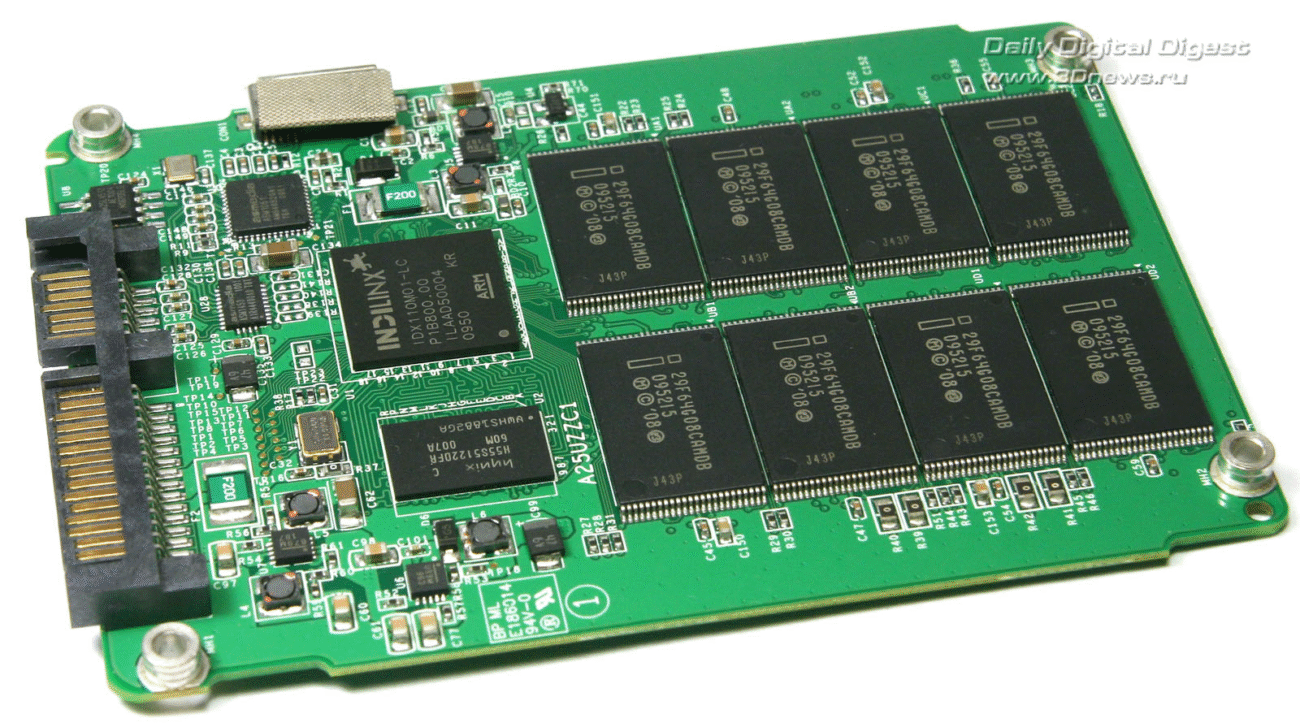In today’s fast-paced world, speed is everything, especially when it comes to your computer. Whether you’re a gamer, a video editor, or just someone who wants a faster laptop, buying a Solid State Drive (SSD) is one of the best upgrades you can make. But before you click that “Buy Now” button, it’s important to understand what you’re getting into.
In this post, we’ll walk you through everything you need to know before buying an SSD. From how they work to what features matter most, we’ll break it down in simple terms.
Contents
What is a Solid State Drive (SSD)?
Let’s start with the basics.
An SSD is a storage device used in computers. It does the same job as a traditional hard drive (HDD), but it’s much faster. Unlike HDDs, which have spinning disks, SSDs use flash memory. This means they can access data almost instantly.
Here’s what that looks like in real life:
- Faster boot times
- Quicker file transfers
- Smoother multitasking
- Better gaming performance
If your computer takes forever to start or freezes when you open too many tabs, an SSD can make a big difference.
Types of SSDs
There are different types of SSDs out there, and choosing the right one can be confusing. Here are the most common types you’ll see:
1. SATA SSD
- Oldest and most affordable
- Fits in most laptops and desktops
- Slower than newer options, but still much faster than an HDD
2. NVMe SSD
- Newer and faster than SATA
- Great for gaming, video editing, and other heavy tasks
- Usually connects through the M.2 slot on the motherboard
3. PCIe SSD
- Fastest option available
- Often used in high-performance setups
- A bit more expensive
If you’re not sure what your computer supports, check your motherboard’s manual or ask a tech-savvy friend.
Why Speed Isn’t the Only Thing That Matters
When people think of SSDs, they usually focus on speed. While that’s important, there are other things to keep in mind.
1. Storage Capacity
SSDs come in different sizes—usually from 120GB to 2TB or more. Here’s a quick guide:
- 120–250GB: Good for basic use like web browsing or word processing
- 500GB–1TB: Ideal for gamers and creatives
- 2TB and up: Best for professionals who handle large files daily
2. Endurance and Lifespan
Every SSD has a limit to how much data it can write over its life. This is called TBW (Terabytes Written). A higher TBW means a longer lifespan. If you plan to use the drive for heavy tasks, choose one with a higher TBW rating.
3. Warranty
Always check the warranty. Good SSDs often come with a 3 to 5-year warranty, which shows the brand stands behind its product.
Now that you have a basic idea, let’s dive into the top solid state drives that are making waves in the market.
Top Features to Look for in an SSD
When shopping for an SSD, don’t just go for the cheapest one. Here’s what to look for:
1. Read and Write Speeds
This affects how fast files are copied or opened. Higher speeds = better performance.
2. DRAM Cache
SSDs with DRAM tend to be faster because they use memory to speed up processes. If performance matters to you, look for one with DRAM.
3. 3D NAND Technology
This is a fancy way of saying better storage and performance. Most modern SSDs use 3D NAND, and it’s something to prefer when comparing options.
4. Brand Reputation
Stick to well-known brands. They tend to offer better customer support and more reliable drives.
What About Cloud Use?
SSDs aren’t just for personal computers. They’re also widely used in cloud server ssd environments. Why? Because cloud servers need to be fast, reliable, and capable of handling tons of data every second. SSDs are perfect for this.
If you’re a small business owner running cloud-based software or storage, using SSDs in your server setup can make everything run more smoothly. Faster response times mean happier users—and fewer headaches for you.
Common Mistakes to Avoid When Buying an SSD
Even though SSDs are great, there are still a few traps to avoid:
1. Ignoring Compatibility
Always check if the SSD is compatible with your device. Not every computer supports every type of SSD.
2. Going Too Cheap
It’s tempting to buy the cheapest SSD, but that often means slower speeds, less storage, and a shorter lifespan.
3. Forgetting About Backup
An SSD can fail, just like any other drive. Always backup your important files to an external drive or the cloud.
4. Not Updating Firmware
Just like your phone or laptop, SSDs need updates too. Manufacturers often release firmware updates that improve performance or fix bugs.
How to Install an SSD
Worried about installation? Don’t be—it’s easier than you think. Here’s a quick overview:
For Laptops:
- Backup your data
- Turn off your device
- Unscrew the back panel
- Replace the old drive with your new SSD
- Reinstall the OS and restore your data
For Desktops:
- Open the case
- Locate the drive bay or M.2 slot
- Plug in the SSD and secure it
- Boot up and install the operating system
Of course, if you’re not comfortable doing it yourself, you can always have a technician install it for you.
Conclusion:
Now that you’re armed with everything you need to know, picking the right SSD should be a breeze. Whether you’re upgrading a personal laptop or improving a server setup, the right SSD can completely transform your system.
If you’re looking for reliable products, solid support, and expert advice, Cloud Ninjas is a great place to start. They offer high-performance SSDs and can help guide you through every step from selection to set up.
